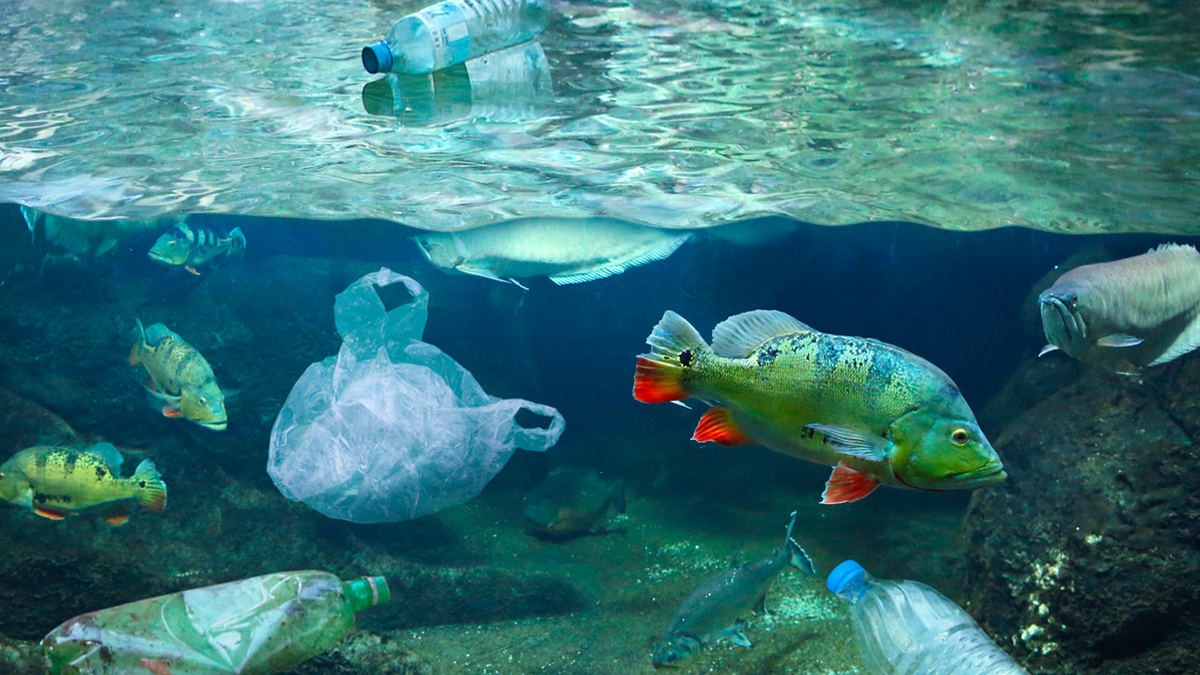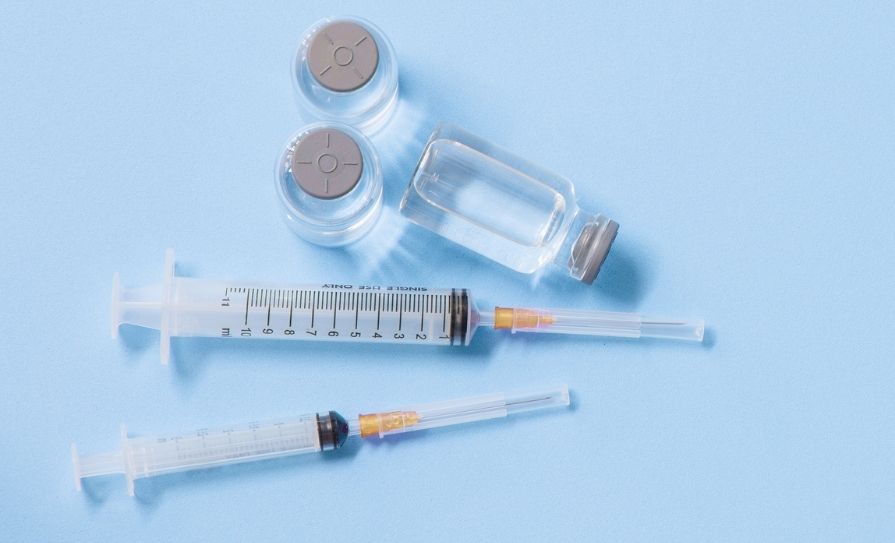Researchers from Earth and Ocean Sciences and the Ryan Institute at NUI Galway have carried out a study on the contribution of widely-flushed personal care textile products (wet wipes and sanitary towels) to the ocean plastic crisis.
Dr Liam Morrison led the study, which showed that sediments adjacent to a wastewater treatment plant are consistently strewn with white microplastic fibres that are comparable to those from commercially-available consumer sanitary products (wet wipes and sanitary towels).
The article has been published in the international journal Water Research and was co-authored by NUI Galway PhD student Ms Ana Mendes and Maynooth University graduate Mr Oisín Ó Briain.
In most studies to date, white fibres are likely underestimated, because of the commonly-used filtration procedure to capture microplastic fibres as filters are commonly white, making visual identification of microscopic white fibres against a white background difficult. This is significant, given the global growth of non-woven synthetic fibre products and their ubiquity in wastewater.
An urban rural gradient involving three locations from Galway City were investigated in this study. The total number of fibres found near Mutton Island was 6,083 microplastics fibres per kilogram of sediment, while the rural sites had much lower levels (Bell Harbour, 1,627 and Bellacragher, 316). The total number of white fibres was 5,536, 788, and 265 per kilogram of sediment for Mutton Island, Bell harbour and Bellacragher, respectively. Some 91 per cent of microplastic fibres at Mutton Island are likely derived from wet wipes and sanitary towels.
Lead researcher Dr Liam Morrison said: “Covid-19 may have brought its own challenges for the oceans, including the increased use of disinfectant wipes during the pandemic, which potentially may end up as microplastic fibres in the sea.”
Covid-19 may have brought its own challenges for the oceans, including the increased use of disinfectant wipes during the pandemic, which potentially may end up as microplastic fibres in the sea.
While most microplastics may be removed by the wastewater treatment process, combined sewage overflows associated with periods of heavy rainfall give rise to the release of sewage waste containing wipes and sanitary towels, impacting on public health and the environment. Combined sewer overflows and the subsequent shoreline deposition of sanitary waste have not previously been thoroughly investigated as a source of white microplastic fibres in the marine environment. The study found that wet wipes and sanitary towels are a source of unaccounted white microplastic fibres in the marine environment, and not all flushable wipes are biodegradable — 50 per cent of the wipes labelled ‘flushable’ were shown to contain microplastics. The lack of regulation for hygiene and sanitary products results in a failure to identify the plastic composition of these materials, said the authors.
Dr Morrison added: “There is a need for increased public awareness of microplastic pollution in the environment and human behaviour should shift away from the inapt disposal of sanitary products down the toilet and instead divert to alternative land-based waste management.”







